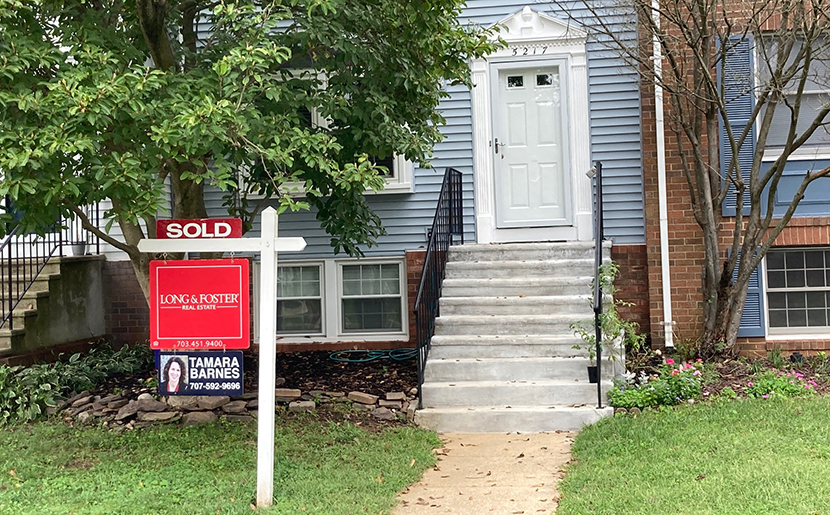
3Q Home Flipping Drops but Profits Reach Record High

ATTOM Data Solutions, Irvine, Calif., said home flipping fell in the third quarter from both the second quarter and a year ago, but profits—and profit margins—jumped to record highs.
The company’s third quarter U.S. Home Flipping Report showed 57,155 single-family homes and condominiums in the United States were flipped, representing 5.1 percent of all home sales in the third quarter, or one in 20 transactions. This was down from 6.7 percent of all home sales in the nation during the second quarter and from 5.5 percent, or one in 18 sales, a year ago.
While the home-flipping rate dropped again in third quarter, both profits and profit margins increased. The gross profit on the typical home flip nationwide (the difference between the median sales price and the median paid by investors) rose in the third quarter to $73,766 – the highest amount since at least 2000. That amount was up from $69,000 in the second quarter and from $61,800 a year ago.
The gain pushed profit margins up, with the typical gross flipping profit of $73,766 in the third quarter translating into a 44.4 percent return on investment compared to the original acquisition price. The gross flipping ROI was up from 42.9 percent in the second quarter of 2020 and 40.3 percent a year ago. The improvement in the typical ROI marked the second consecutive year-over-year increase following nine straight quarters of declines.
Todd Teta, chief product officer at ATTOM Data Solutions, said the continuation of opposing trends, with flipping rates down but profits up, reflected broader national housing market patterns as the worldwide coronavirus continued spreading across the United States. Home prices kept soaring throughout most of the country in the third quarter as buyers – often seeking larger or more wide-open spaces – chased a dwindling supply of homes for sale. Rising values continued pushing a nine-year boom in the housing market even as much of the economy struggled to overcome high unemployment and other damage from the pandemic.
“This all happened in the context of the pandemic, which has created unusual circumstances for the housing market to thrive, and that has included the home-flipping business, Teta said. “Too much is uncertain these days to say whether the latest trends will continue. But for now, the prospects continue looking up for home flipping after a period when they were trending the opposite way.”
Other report highlights:
–Home flips as a portion of all home sales decreased from the second to the third quarter in 148 of the 159 metropolitan statistical areas analyzed in the report (93.1 percent).
–Homes flipped in the third quarter sold for a median price of $240,000, with a gross flipping profit of $73,766 above the median investor purchase price of $166,234. That gross-profit figure was up from $69,000 in the second quarter and from $61,800 a year ago. The increase boosted the typical return on investment in the third quarter to 44.4 percent, up from 42.9 percent in the second quarter of 2020 and from 40.3 a year ago. The ROI in the third quarter stood at its highest point since the first quarter of 2018, when it was 48 percent.
–Home flipping profit margins increased from the third quarter of 2019 to the third quarter of 2020 in 104 of the 159 metro areas with enough data to analyze (65.4 percent).
–Median resale prices on home flips in the third quarter were at least twice the median investor purchase prices compared to a year earlier in 14 of the 159 metro areas with enough data to analyze (8.8 percent).
–Highest third-quarter home flipping profits, measured in dollars, were again concentrated in the West and Northeast. Among metro areas with enough data to analyze, 22 of the top 25 were in those regions, led by San Jose, Calif. (gross profit of $290,000); Ventura, Calif. ($180,000); Bridgeport, Conn. ($177,500); Los Angeles ($161,500) and San Francisco ($158,500).
–Nationally, the portion of flipped homes purchased with financing barely changed, rising from 42.4 percent in the second quarter to 42.6 percent in the third quarter. But the rate was still well down from 49 percent in the third quarter of 2019. Meanwhile, 57.4 percent of homes flipped in the third quarter were bought with all cash. That was virtually the same as the 57.6 percent figure in the prior quarter, but still up from 51 percent a year earlier.
–Home flippers who sold homes in the third quarter 20 took an average of 192 days to complete the transactions – the highest level since third quarter 2003. The latest number is up from an average of 184 in the second quarter and 176 days last year.
–Of the 57,155 U.S. homes flipped in the third quarter, 14.7 percent were sold to buyers using loans backed by FHA, down from 15.3 percent in the prior quarter, but up from 13.6 percent in the same period a year ago.
